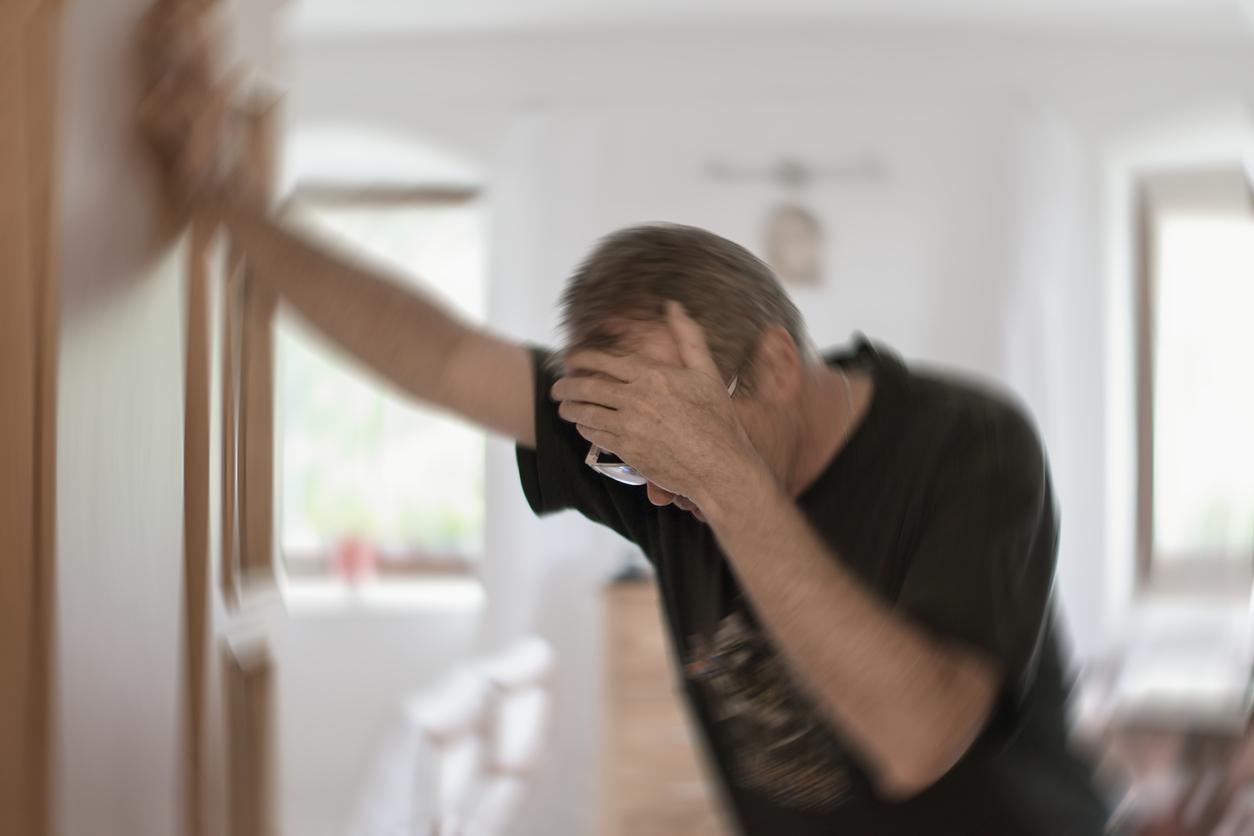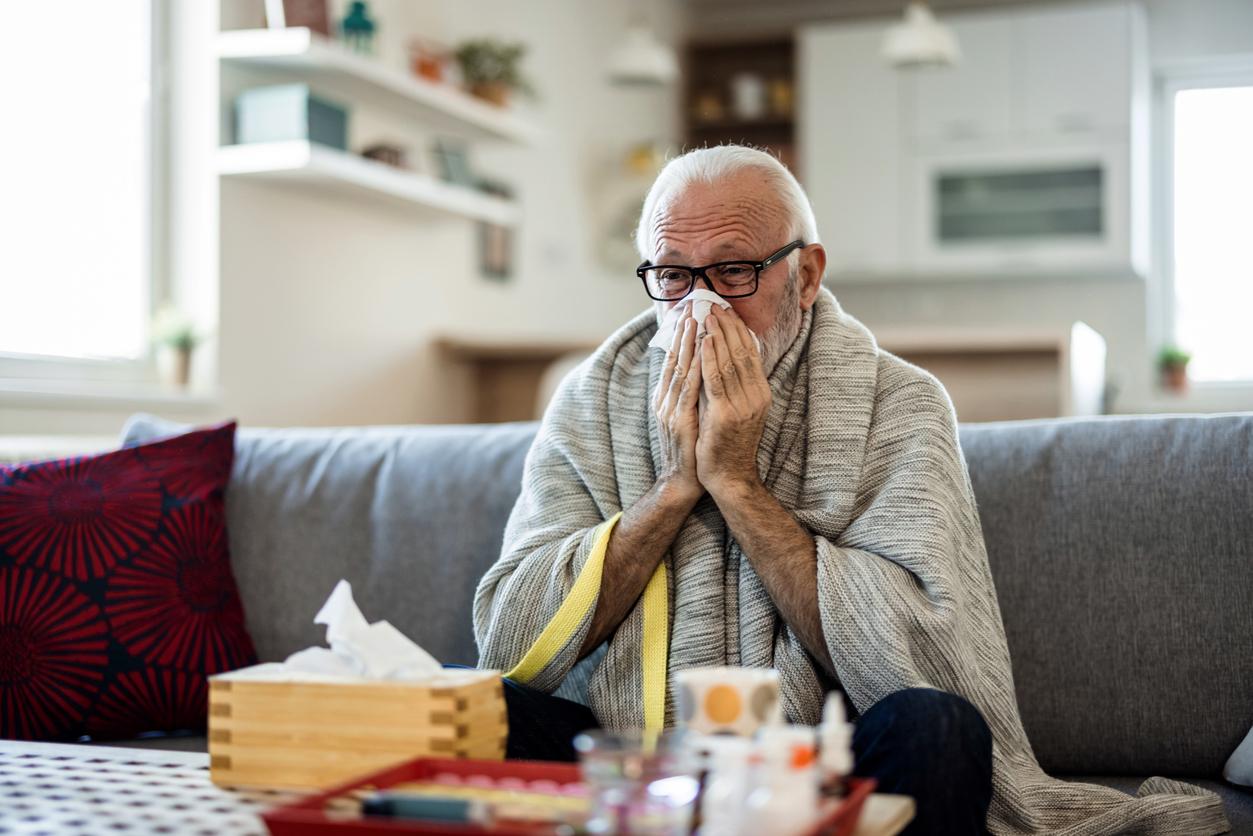An exercise electrocardiogram (or “exercise test”) is the recording of cardiac electrical activity during sustained physical exercise. This examination is used to analyze the reaction of the heart during activities similar to those that may take place in everyday life. It can be prescribed to people who suffer from unexplained chest pain, or to monitor the proper functioning of the heart after a heart attack or in the event of cardiovascular disease.
1. The test has several stages
It lasts 10 to 20 minutes and consists of three stages: leisurely walking on the treadmill (or gentle pedaling on the bike) then, to increase the effort and the heart rate, the speed and the inclination of the treadmill are amplified in stages depending on individual physical abilities. If the test takes place on the bike, a brake increases pedaling resistance. Finally, once the test is over, the person continues to walk at their own pace (or pedal quietly) for a few minutes to facilitate recovery, which lasts an average of 5 minutes.
The test can be carried out on two different supports, depending on the skills: the tilting treadmill for runners and the cyclo-ergometer (specific racing bike) for all other sports. There are, however, a few rare centers equipped with a pool for swimmers or a rowing machine for rowers.
2. Before exercise, you must eat but not smoke
To promote the smooth running of the examination and avoid hypoglycemia, we go there with a stomach that is neither empty nor too full! Ideally, the last food intake should take place two hours before the start of the test, avoiding foods that are difficult to digest. But “the patient must not smoke during the 2 hours preceding the test, nor during the 2 hours which follow, as for sport in general” specifies Dr. Aude Mignot, cardiologist.
3. The patient should not talk during the test
Throughout the duration of the effort, the patient must avoid talking. He can nevertheless communicate by gestures defined beforehand. And must report any abnormal symptoms: discomfort, pain, tightness, shortness of breath, significant fatigue, abnormal heartbeats, etc. Normally, the test should continue until muscle exhaustion leads to cessation of effort. Depending on the athlete’s age and physical condition, this muscular exhaustion is more or less precocious. Either way, he should try to keep up the effort until he can no longer keep up. However, the patient can stop the test if he does not feel well, and the doctor too, if he notices an abnormality in blood pressure or heart rhythm, pain in the myocardium (heart muscle) revealed by the recording of electrical activity, poor exercise tolerance, etc.
4. There are contraindications to stress testing
They are multiple: myocardial infarction, tight aortic valve stenosis, recent cerebrovascular accident, recent pulmonary embolism, severe uncontrolled arterial hypertension, any abnormal pain in the chest for 24 hours, any abnormal shortness of breath, decompensated asthma, severe anemia, severe arteritis , inability to walk or pedal sufficiently, etc. To rule out any contraindication to the examination, the cardiologist questions the patient and examines him during a prior consultation. Then, he informs him precisely about the different stages of the test and obtains his consent before starting the test.
Some patients may be victims of discomfort, most often benign (vagal), more rarely arrhythmias or cardiac arrest. But these incidents are extremely rare. “There are more benefits to taking a stress test than not doing so,” emphasizes Dr. Aude Mignot.
5. For athletes, stress testing can help define training
The effort test with measurement of VO2 max allows you to know your maximum aerobic speed (VMA) if it is carried out on a treadmill, or your maximum aerobic power (PMA) if it is carried out on a bicycle, and the “ventilatory” thresholds (aerobic and anaerobic). The VMA is the ceiling speed of track running at which the runner uses the maximum oxygen (VO2 max). It’s a good way to know your level, your maximum capacities and to deduce your possible paces over a 10 km, a half-marathon, a marathon, etc. These values make it possible to guide training for better performance, to define a schedule over eight weeks before a competition, with thresholds to be respected, defined by target heart rates and via a heart rate monitor.
6. The test is reimbursed by social security
On medical prescription, a simple stress test costs €77.01 according to the agreed rate. Social Security reimburses 70% and mutual insurance companies provide up to 30%. The price of the test with the measurement of VO2 max (optional) is not covered for athletes free from heart disease. It takes around fifty euros in addition to the price of the stress test, not reimbursed by health insurance, but part of it can be reimbursed by complementary insurance.
Misconceptions about stress testing
- The test is mandatory for athletes after 40 years. Fake. There is no consensus on the indication of a stress test in athletic adults who do not present any abnormal symptoms. On the other hand, it is strongly recommended for athletes, over the age of 35 for men and 45 for women, with at least two cardiovascular risk factors or suspicious symptoms: hypercholesterolemia, diabetes, tobacco, hypertension blood pressure, a family history of heart disease in young parents (under 60), palpitations, malaise, chest pain, shortness of breath, decreased exercise performance, etc. The main interest is to detect coronary disease.
- We have to be hospitalized. No. The test is performed in a hospital setting or in a clinic, on an outpatient basis. It takes place in a cool room (18 to 20°C), not humid and well ventilated, with resuscitation equipment and a nurse who accompanies the cardiologist in his assessment. Only cardiologists can perform it, in equipped centres, with a resuscitation or intensive care unit. A second person (usually a nurse) assists the practitioner.
Our expert : Dr. Aude Mignot, cardiologist at the sports clinic in Mérignac (33) and at the Haut-Lévêque hospital in Pessac (CHU of Bordeaux), member of the Club of sports cardiologists.
Read also :
- Evaluate the shape of your heart with the staircase test
- 14 signs that indicate that you are not moving enough
- Broken heart syndrome: preventing it, treating it
















